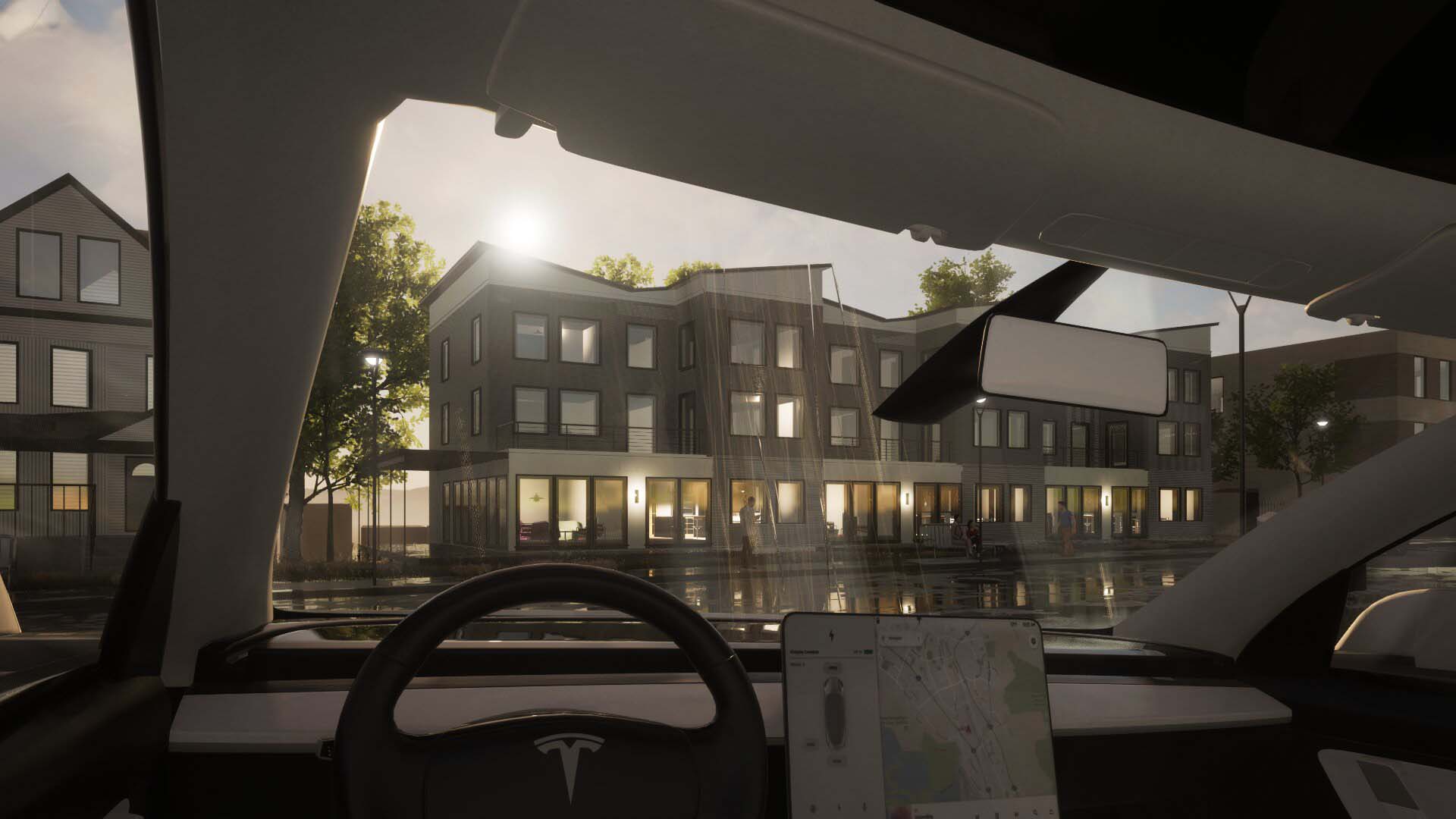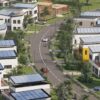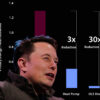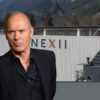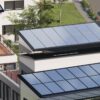Energy efficiency is sending a love letter to your amygdala
If you take a Tesla on a test drive at the HQ located next to SpaceX in Hawthorne, CA you’ll find yourself behind the wheel and, once you are strapped in, your official co-pilot will suggest one thing immediately. “Try pushing the pedal to metal, once, if you want to feel the g-force”, he or she will say.
When you do as suggested, you’ll be shocked at the torque and sudden acceleration, as you slam back against the head-rest and your face turns nearly liquid. That’s how the limbic system and the human need for sensual gratification becomes enamored with something “boring” like an EV.
It’s an example of how Tesla and Elon Musk transformed the auto trade, and brought the term “limbic resonance marketing” into the lexicon of contemporary speech.
While this all sounds thrilling and harmless, this kind of magical behavioral manipulation is missing, and desperately needed, for the next most important area in the transition to a sustainable economy: built-world upgrades and energy efficient retrofits (EE Retrofits for short).
The built environment, a sector that contributes approximately 40% of global carbon emissions, is one area where urgent action can have a dramatic impact. Specifically, the EE retrofitting of existing buildings and homes represents a remarkable opportunity to reduce greenhouse gas emissions.
Our collective preoccupation with the immediate, the easily marketable, and the visibly green overlooks a profound truth: energy efficiency is more than just about using less energy—it’s about achieving the same level of comfort, productivity, stimulation and even joy, with less. At scale it could mean a new energy economy, one that prioritizes living benefits, not just the ability to burn and combust fossilized plant matter as a path to living large.
Think of the energy system as a gourmet meal. The LED lights, the low-flow shower-heads, the energy-efficient heating and cooling appliances—they’re the condiments. They add flavor, they’re necessary, but they’re not the main course.
The main course is the EE retrofit—an ambitious reimagining of our existing buildings that holistically incorporates energy-saving measures, such as those that meet the passive house standard, including insulation, air sealing, HVAC upgrades, and high-performance windows. This means we could be needing fewer heat pumps, less energy production, fewer solar PV panels, a transition less dependent on grid expansion or upgrades.
The added spice to this gourmet meal, the pièce de résistance if you will, is a stunning architectural integration that enhances the building’s value beyond its pre-retrofit counterpart. This is where long-term thinking and smart design meet, offering not only reduced energy consumption, but a high-performing, aesthetically pleasing living or working environment.
Deep value and abundance by design
It’s important to note that this isn’t a one-size-fits-all solution—each building has its own unique challenges and opportunities. What’s necessary is a model that allows for that flexibility while still pushing for the highest efficiency.
An integrative design process that involves owners, architects, engineers, contractors, and building operators from the earliest stages can ensure that energy efficiency measures are built into the very fabric of the design, rather than tacked on as an afterthought.
We can no longer afford to take the path of least resistance. The climate crisis demands ambitious, long-term solutions. Retrofitting our existing buildings, first, to be more energy efficient is a significant step in that direction. We just need to make sure we’re aiming for the main course, and not settling for the condiments.
How can an energy realignment excite and stimulate?
In a world enthralled by the allure of the ‘next big thing,’ it’s easy to get lost in the narrative that technology alone will guide us through the current environmental crisis.
There’s an understandable, if somewhat misguided, emphasis on the simple mass production and consumption of green tech—solar panels, heat pump HVAC units, and electric cars. It’s a straight line thesis that is the stuff of future-world dreams, the kind that Silicon Valley venture capitalists find irresistibly compelling.
Public subsidies and venture capital investments, unfortunately, often narrowly follow this line of thinking, pouring billions into the manufacturing and implementation of these technologies.
Governments around the globe are eager to foster the expansion of these industries, both as a means of curbing carbon emissions and as a strategy for economic growth. But what if this focus on producing ‘green’ technology is diverting resources from a solution that could be even more impactful—increasing the energy efficiency of existing buildings?
There is an inconvenient truth in the realm of energy efficiency. The greatest potential for reducing our energy use and mitigating greenhouse gas emissions is not in the new gizmos we can attach to our homes, but in transforming the energy performance of the buildings themselves. As the saying goes, the greenest building is the one that’s already built.
The enemy of the good is not perfection: it’s a solution that solves nearly nothing
Ironically, many government subsidies are skewed towards upgrades to mechanical and electrical systems, but neglect to cover improvements in energy efficiency.
The result is that while buildings may be equipped with the latest in green technology, they remain fundamentally inefficient, their new solar panels and heat pumps mere band-aids masking the core issues.
Imagine pouring water into a leaky bucket—the more water you pour in, the more it continues to leak out. You can keep pouring faster and faster, or you can fix the leaks. The latter is undoubtedly more effective, and yet, our current approach to energy efficiency often looks like the former.
The remedy lies in comprehensive energy retrofits. Rather than attaching green tech appendages to inefficient structures, we should focus first on overhauling the buildings themselves, making them more efficient and reducing the energy demand.
A highly insulated and airtight building, for instance, such as one upgraded to passive house standards, requires fewer solar PV panels and smaller, less energy-intensive HVAC systems.
These upgrades are often seen to have higher upfront costs, which, when compared to doing nothing is a subjective assessment. But the long-term benefits of EE retrofits— in terms of energy savings, reduced greenhouse gas emissions, and improved indoor environmental quality— are enormous.
And if we redirected even a fraction of the funds currently being funneled into green tech appliances towards deep energy retrofits, as a first step, we could begin to tackle this issue on a significant scale.
The path forward requires a paradigm shift, one that repositions energy efficiency buildings as the cornerstone of our response to the climate crisis.
We need to realign our funding mechanisms, from venture capital to public subsidies, to prioritize energy efficiency.
In the end, the greenest future might not be the one filled with the shiniest new technology, but the one in which we learned to use less, waste less, and value our existing resources more. It’s a future that’s within our grasp—if we choose to reach for it.
The first step, just as takes place on a Tesla test drive, is to push the pedal hard and find ways to demonstrate the sensual gratification and technical superiority of an indoor world that is designed for a better, more exciting future.

